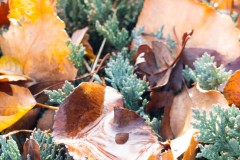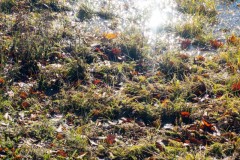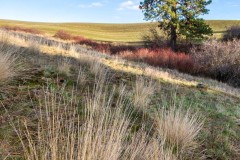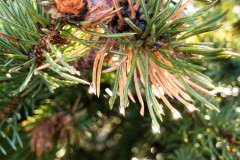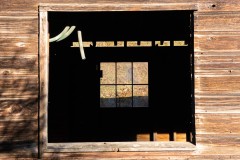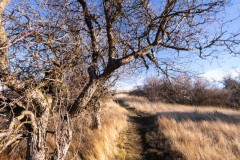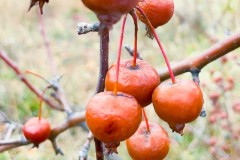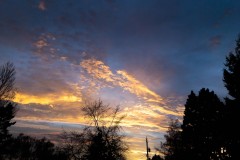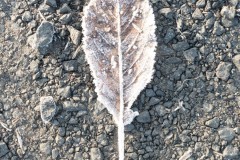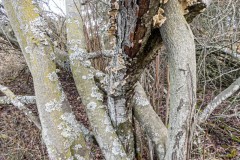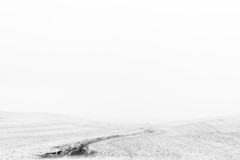I recently visited Bruneau State Park in southern Idaho’s Snake River Valley. The park has a few hiking trails that pass by a small lake, a grove of Russian Olive trees, and meanders around and up a large sand dune. As my partner and I began our hike, we stop to read the informative sign at the beginning of the trail. At approximately 470 ft, the sand dune is the largest in North America. It stays relatively stationary moving a little to the East and a little to the West in the cycle of the seasonal winds. What the sign mentions that intrigues me is that the dune has been here for 15,000 years, forming during the glacial flood of Lake Bonneville.
I have been intrigued by time my whole life. The first book I remember reading about time and still own is titled “The Discoverers.”[1] It is broken into three books. The first one is about the processes man when through breaking up the day into small bits of time. It is my experience that these small bits of time create a sense of urgency or pressure to hurry and get things done.
Other things I’ve read or seen over the years look at time differently. These include the stretching of a 100 ft. tape measure in geology class or a PBS documentary of a car driving 100 miles. Both start at zero, earth’s beginning, and note events along the way.
Being a photographer, the most interesting to me was an essay I read in the 70’s by a forest park ranger. He postulated that if an alien race took a photograph of the earth every year since it’s beginning and they arrived on earth to share the movie, it would, based on the film rate of 24 frames per second, run a full year. In July, (or chapter 7, f you will), there is a hint of a Grand Canyon. In December, as with the tape measure and car as in the first examples, modern man only appears in the last few seconds, inch, or mile.
In the introduction of his book Search for the Meaning of Life: Essays and Reflections on the Mystical Experience, Willigis Jager, also uses a year long movie as a reference for time. “On the night of the 31st (on the last day, in other words) humans branch off from their ancestral apes. The Neanderthals live five minutes before midnight, and seventeen seconds before midnight, Jesus Christ is born, one-half second before twelve, the technological age commences.” [11]
I think of these perspectives as I climb this 15,000 year old sand dune holding my partners hand and wonder about the things I make big. I feel like a tiny grain of sand comprising a much bigger dune and wonder why I worry and become anxious. As I climb, I relax and experience a gratitude that I am not even sure for what.
seven poems: in pictures
1.
2.
3.
4.
5.
6.
7.
[1] – Daniel J. Boorstin, The Discoverers: A History of Man’s search to know his world and himself, (Vintage Books – Random House Inc., 1983)
[1I] – Willigis Jager, Search for the Meaning of Life: Essays and Reflections on the Mystical Experience, (Liguori Publications, 1995), Page 4


